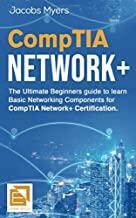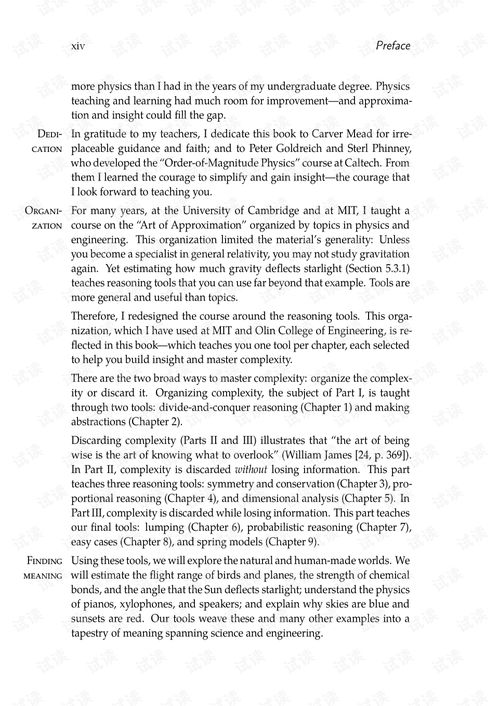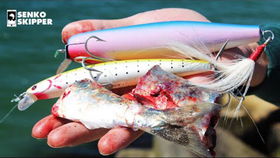Content:
Fishing with a long rod can be an incredibly rewarding experience, offering anglers the chance to cast further distances and target larger fish. Whether you're a seasoned fisherman or a beginner looking to expand your fishing horizons, mastering the art of using a long rod can significantly enhance your fishing adventures. In this article, we'll delve into the essential techniques for using a long rod effectively, ensuring you're well-equipped to catch more fish with greater ease.
Understanding Your Long Rod
Before diving into the techniques, it's crucial to understand the basics of your long rod. Long rods typically range from 8 to 12 feet in length and are designed to cast heavy lures and baits over long distances. They are usually made from materials like carbon fiber or graphite, which provide the necessary strength and flexibility.
Choosing the Right Line and Lure

The choice of line and lure is equally important when using a long rod. For long-range casting, a monofilament line with a thickness of 10 to 20 pounds is ideal. This line offers enough strength to handle larger fish while still allowing for long casts. As for lures, opt for heavy-duty lures that are designed for long casting, such as spinnerbaits, buzzbaits, or large crankbaits.
Proper Grip and Stance
To begin, hold the rod with a firm but comfortable grip. Your grip should be on the lower third of the rod, allowing you to maintain control and leverage. Stand with your feet shoulder-width apart, and position your body perpendicular to the direction of your cast. This stance provides stability and balance, essential for accurate casting.
The Casting Motion
The casting motion is a crucial aspect of using a long rod effectively. Here's a step-by-step guide:
- Load the Rod: Begin by lifting the rod tip and bringing it back towards your shoulder. This action loads the rod, storing energy that will be released during the cast.
- Point the Rod: Point the rod tip towards your target and maintain tension in the line by keeping your fingers on the line.
- Unwind the Line: With the rod loaded and pointed, begin to unwind the line from the reel by turning the reel handle. The line should be straight and taut.
- Unhook the Line: Once the line is straight, remove your fingers from the line to allow it to flow freely.
- Execute the Cast: With the line flowing freely, move the rod tip forward in a smooth, continuous motion. The rod should bend naturally as you cast, storing energy in the bend.
- Follow Through: After the rod tip has reached its highest point, continue the motion forward and downward, allowing the rod to uncurl and the lure to fly through the air.
Accuracy and Distance
To achieve accuracy and distance with your long casts, practice the following:
- Adjust Your Stance: Experiment with your stance to find the most comfortable and effective position for your casting style.
- Practice Timing: Timing is key when casting a long rod. Practice casting at different distances to develop a feel for the timing of your cast.
- Use a Target: Focus on a specific target and aim for it consistently to improve your accuracy.
Handling the Reel
A long rod requires a different approach to reel handling. Here are some tips:
- Keep the Reel Close: Position the reel close to your body to maintain control and reduce the chance of the line tangling.
- Use a Quick Release: Many long rods come with a quick release mechanism to prevent the rod from bending too far. Familiarize yourself with this feature to avoid damaging your rod.
- Maintain Line Tension: Throughout the cast, keep a slight tension on the line to ensure a smooth release and reduce the risk of snags.
Fishing Techniques
Once you've mastered the casting techniques, it's time to focus on fishing techniques specific to long rods:
- Long Casting: Use long casting techniques to reach distant fish or to cover more water when prospecting for new spots.
- Trolling: Trolling with a long rod can be effective for targeting fish that are suspended in deeper water.
- Jigging: Jigging with a long rod allows you to cover more ground and reach fish that are hiding in structure.
Safety and Etiquette
Always prioritize safety and etiquette when using a long rod:
- Be Aware of Your Surroundings: Before casting, check for obstacles or other anglers in your casting path.
- Respect the Environment: Keep your fishing area clean and minimize your impact on the environment.
- Follow Local Regulations: Adhere to local fishing regulations regarding the use of long rods and the types of lures allowed.
In conclusion, using a long rod for fishing requires practice, patience, and a solid understanding of the techniques involved. By mastering the casting motion, handling the reel, and adopting effective fishing techniques, you'll be well on your way to becoming a proficient long rod angler. Remember to always practice safety and respect the natural environment, and soon you'll be reeling in fish with the precision and power of a seasoned pro.












